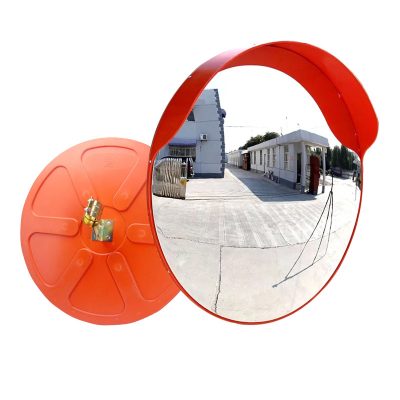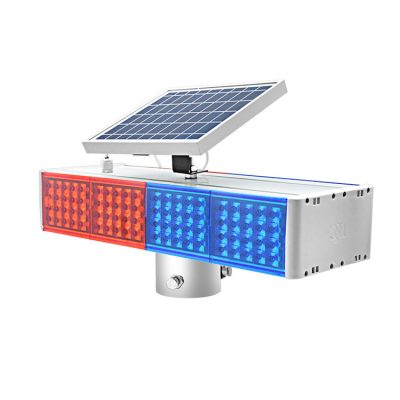The future of traffic signal technology promises exciting innovations aimed at making transportation safer, more efficient, and environmentally sustainable. Here are some potential traffic signal innovations for the future:
- Connected and Autonomous Vehicles (CAVs) Integration:
- Traffic signals will communicate directly with connected vehicles, providing real-time information about signal timings, traffic conditions, and potential hazards. This will enhance safety and optimize traffic flow.
- Adaptive AI Systems:
- Advanced artificial intelligence (AI) algorithms will analyze vast amounts of data from various sensors to dynamically adjust signal timings in real time. These systems will optimize traffic flow based on changing conditions, such as weather, special events, and accidents.
- Predictive Analytics:
- Traffic signals will use predictive analytics to anticipate traffic patterns and adapt signal timings proactively. By analyzing historical data, they can optimize signal plans for expected variations in traffic demand.
- Machine Learning for Pedestrian Detection:
- Machine learning algorithms will improve pedestrian detection at intersections, enhancing the safety of pedestrians. Signals will dynamically adjust pedestrian walk times based on the number of pedestrians waiting to cross.
- Energy Efficiency:
- Traffic signals will incorporate energy-efficient LED lighting and renewable energy sources like solar panels. They will also use energy-saving features like dimming during low-traffic periods.
- Smart Sensor Integration:
- Advanced sensors will detect various road conditions, including ice, snow, and wet pavement. Signals will adjust timings to accommodate these conditions, improving safety during inclement weather.
- Virtual Traffic Officers:
- AI-driven virtual traffic officers will monitor intersections remotely and make real-time adjustments to optimize traffic flow and respond to emergencies.
- Emergency Vehicle Prioritization:
- Traffic signals will have enhanced capabilities to recognize and prioritize emergency vehicles, minimizing response times during emergencies.
- V2I Communication:
- Vehicle-to-Infrastructure (V2I) communication will be standard, allowing vehicles and traffic signals to exchange information about speed, location, and intentions. This will improve traffic coordination and safety.
- Reduced Visual Clutter:
- Advanced displays and signal designs will reduce visual clutter at intersections, making it easier for drivers and pedestrians to understand signal indications.
- Enhanced Pedestrian Safety:
- Crosswalks will feature enhanced safety features such as illuminated crosswalks, audible signals, and countdown timers to improve pedestrian safety.
- Dynamic Traffic Management:
- Traffic signals will be part of dynamic, city-wide traffic management systems that integrate with various modes of transportation, including public transit, bike-sharing programs, and ride-sharing services.
- Data Sharing and Integration:
- Traffic signal data will be shared with public and private entities, enabling more efficient urban planning, traffic management, and predictive analytics.
- Sustainability Focus:
- Traffic signals will be designed with a strong focus on sustainability, utilizing eco-friendly materials, renewable energy sources, and energy-efficient technology.
These future innovations in traffic signals are expected to play a significant role in creating smarter, safer, and more efficient transportation systems in cities around the world, helping to address the challenges of urbanization and the demands of a rapidly evolving transportation landscape.
























